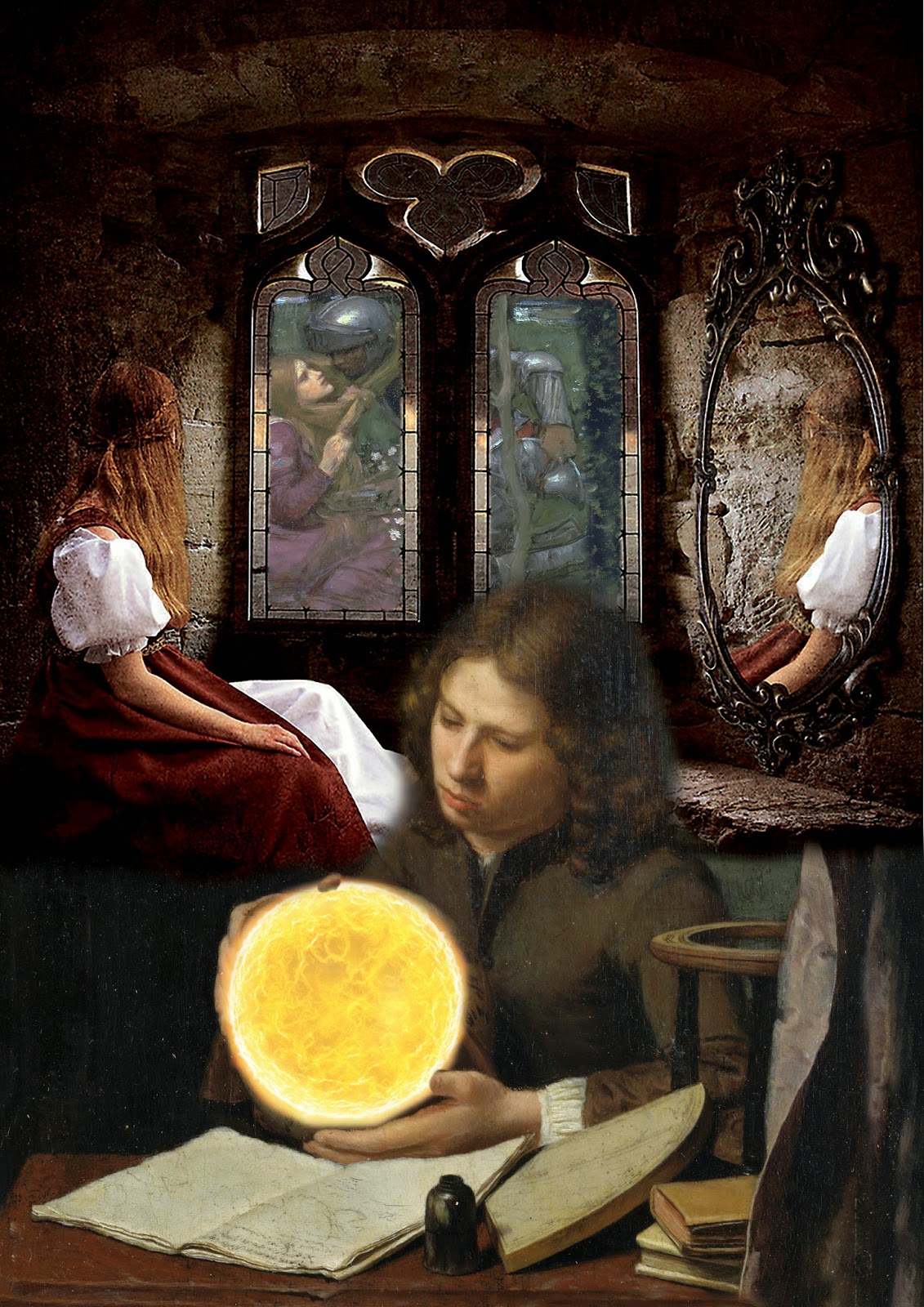 |
| Germany Book Fair: image sourced http://www.scmp.com/photos/recent/97/1057002 |
Steve Tomasula, M.A. Ph.D. Professor of English, University of Notre
Dame, is an American
novelist, critic, short story, and essay author known for cross-genre
narratives that explore conceptions of the self, especially as shaped by
language and technology. He describes his fiction as a hybrid of
multiple genres (experimental literature, historical fiction, science writing,
poetry). Noted for its use of visual elements and nonfiction narratives, his
writing can be characterized as postmodern and has been called a “reinvention
of the novel” for its formal inventiveness, play with language, and
incorporation of visual imagery. (Tomasula, 2014)
His
most innovative work, TOC: A New-Media Novel is a multimedia novel published on DVD.
A collage of text, animation, music, and other art forms, TOC explores competing conceptions of time that shape human lives.
Tomasula refers to it as a “book” explaining that ‘the
reader experiences it one-on-one, and reads it as they would any novel, but it
uses graphics, video, and music to help set the mood and to help tell the
story’. (Tarnawsky, 2011)
Writers
who may feel inspired to undertake creating new or multi media texts should
note that a different approach is required. Tomasula describes
the process as being more akin to writing a graphic novel.
‘I
did consciously write using images as part of the narrative, so it’s not like
the novel is written and the images added in afterwards. Thinking of a novel as
a construction that can be made of lots of things, not just text, is
liberating, and this is even more true when sound and motion can be included.
So from the start, I’m thinking of how images, music, sound effects, can be
part of the narration.’ (Tarnawsky, 2011)
He
also points out that the process involves a lot of ‘back and forth’ with
other artists whose work is vital if a multi media project is to succeed. In
the case of TOC, the design was
undertaken by Stephen Farrell, the programming by Christian Jara, while a
contributions from a further 15 other artists, composers, musicians, and
animators were necessary for its completion. (Tarnawsky,
2011)
It
may seem like a lot to coordinate but there are rewards to be had. Writing in new
and multi media broadens the scope of readership. It appeals to those born ‘post-PC’ who are more likely to use the mouse to dip in ‘here and there
according to those sections that had piqued their interests most’ (Tarnawsky,
2011) while remaining accessible to the older ‘book’
generation who have the option of ‘using the mouse to simply
“turn the page” and read fairly linearly’. (Tarnawsky, 2011) The
fact that TOC has been recently
released as an iPad app also indicates how multi and new media is blurring the
lines between interactive texts and traditional books. For those interested in
exploring TOC for themselves I have included the following link.
http://www.tocthenovel.com
References:
Tarnawsky, Y, Not
Just Text: An Interview with Steve Tomasula, Rain Taxi Online Edition,
Spring 2011, viewed October 2014,
http://www.raintaxi.com/not-just-text-an-interview-with-steve-tomasula/
Tomasula, S, Steve
Tomasula, Wikipedia, 23/09/2014, viewed October 2014,
http://en.wikipedia.org/wiki/Steve_Tomasula



